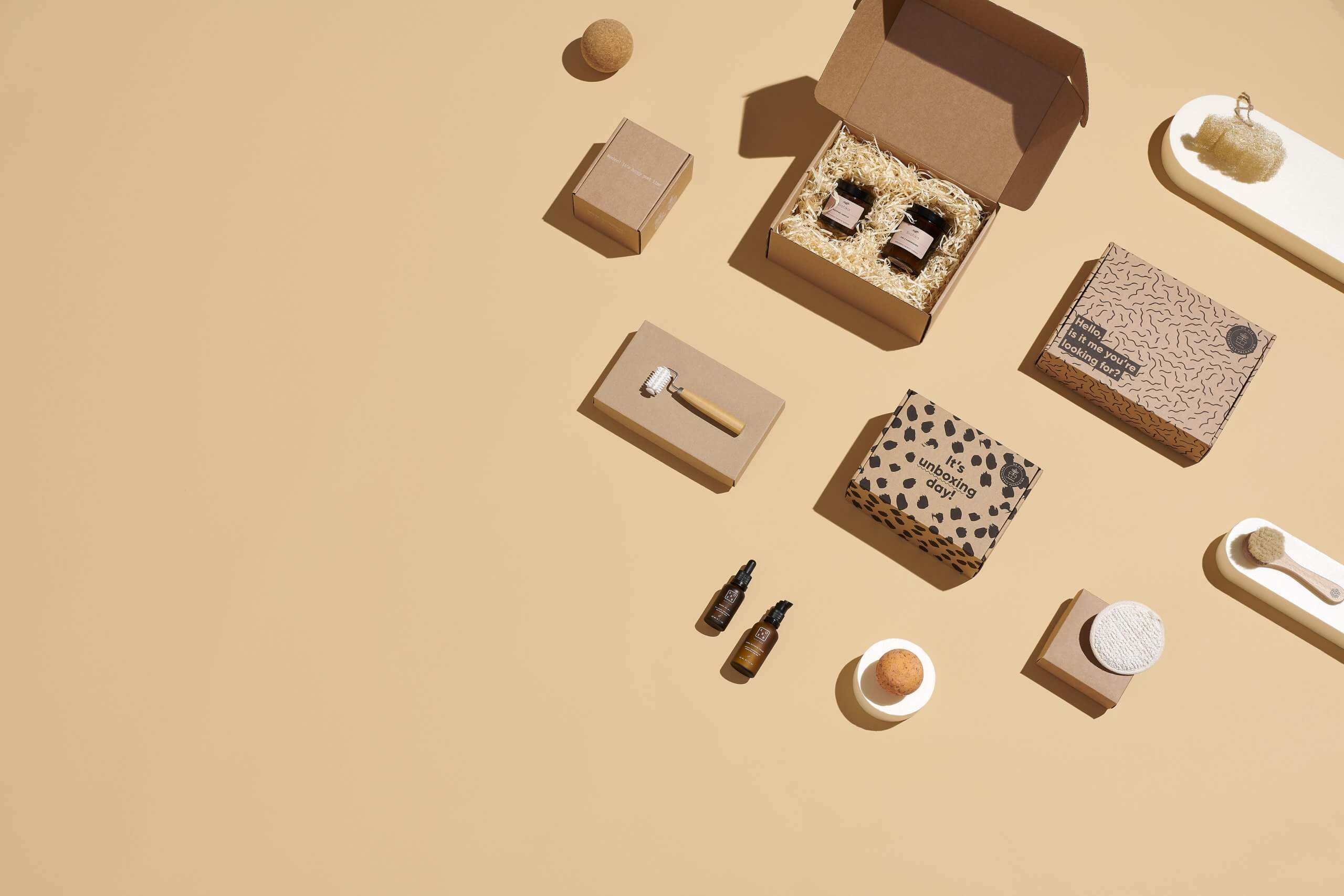How To Package a Product For Shipping


Subscribe now! Receive 5% discount.
By signing up for our newsletter and you’ll get 5% off your first order.
You're now subscribed!
In this article:
Packaging a product for shipping isn't difficult.
But if not done correctly, there are a lot of things that can go wrong, resulting in a lot of wasted money for your small business.
At Packhelp, we make it easier for small brands like you to use custom packaging effectively in your business - so we know a thing or two about shipping products.
This article will walk you through the basics of securely packaging a product for shipping, ensuring that it doesn't get damaged and leaves a great first impression on your recipient.
Yes, the packaging does matter.
Packaging matters because it's the only thing that protects your product in transit and during shipment.
But packaging also comes in the form of void filler, filling up empty space in a box so that your product doesn't get damaged.
Packaging protects your product, but also your brand's reputation.

It shows that you've gone the extra mile to make a good first impression and control how your brand and product are perceived.
This helps increase the perceived value of your product and other more advanced marketing techniques, like attraction marketing.
It doesn't matter the size or shape of your product, packaging is important.
Assessing your item’s requirements and choosing the right packing materials
When you are ready to package your product, the first step is to assess your item’s requirements.
Chances are that it'll be delivered by a courier or a postal service. Therefore, it will no doubt be thrown around a little. That is to say it won't be mistreated, but it won't be given any special attention.
In this case, it needs fall and impact protection, and this usually comes in the form of cardboard. There are many types of cardboard, but corrugated cardboard is the most common solution.

Cardboard is a great solution if your product is somewhat fragile. Cardboard is the most common type of packaging for e-commerce brands, but it's not the only type.
Common forms of packaging for clothing include packaging like mailer bags and doypacks. That's because a t-shirt, sweater or a pair of pants are generally flexible, robust and durable. The only protection such items need is general protection from dirt, dust and water.
Cushioning and filling
If you decide to use a form of a custom-printed cardboard box, there will probably be some empty space inside.

That empty space needs to be filled up, or else your product will fly around inside the box while in transit, increasing the chances of damage.
However, you also don't want to overstuff the box so that the cushioning material is compressed and ineffective.
Using at least 2-3 cms of cushioning around all sides of the items inside the box is a good rule of thumb. This padding can come in the form of bubble wrap, packing peanuts, or cardboard.

If your brand has sustainable packaging practices, consider using paper bubble wrap, as it's recycled as easily as your box.
Using the Right Sealing Material
When you are sealing a box for delivery, it is important to use the right sealing material.
Many forms of mailer boxes come with locking tabs, but that's simply not enough to keep the box closed throughout the shipping process.
Play it safe and use packing tape to keep your box safely sealed.

Packhelp's e-commerce delivery boxes come with a self-adhesive strip that's more than enough to keep the boxes safely closed.
In fact, it comes with two sealing strips
